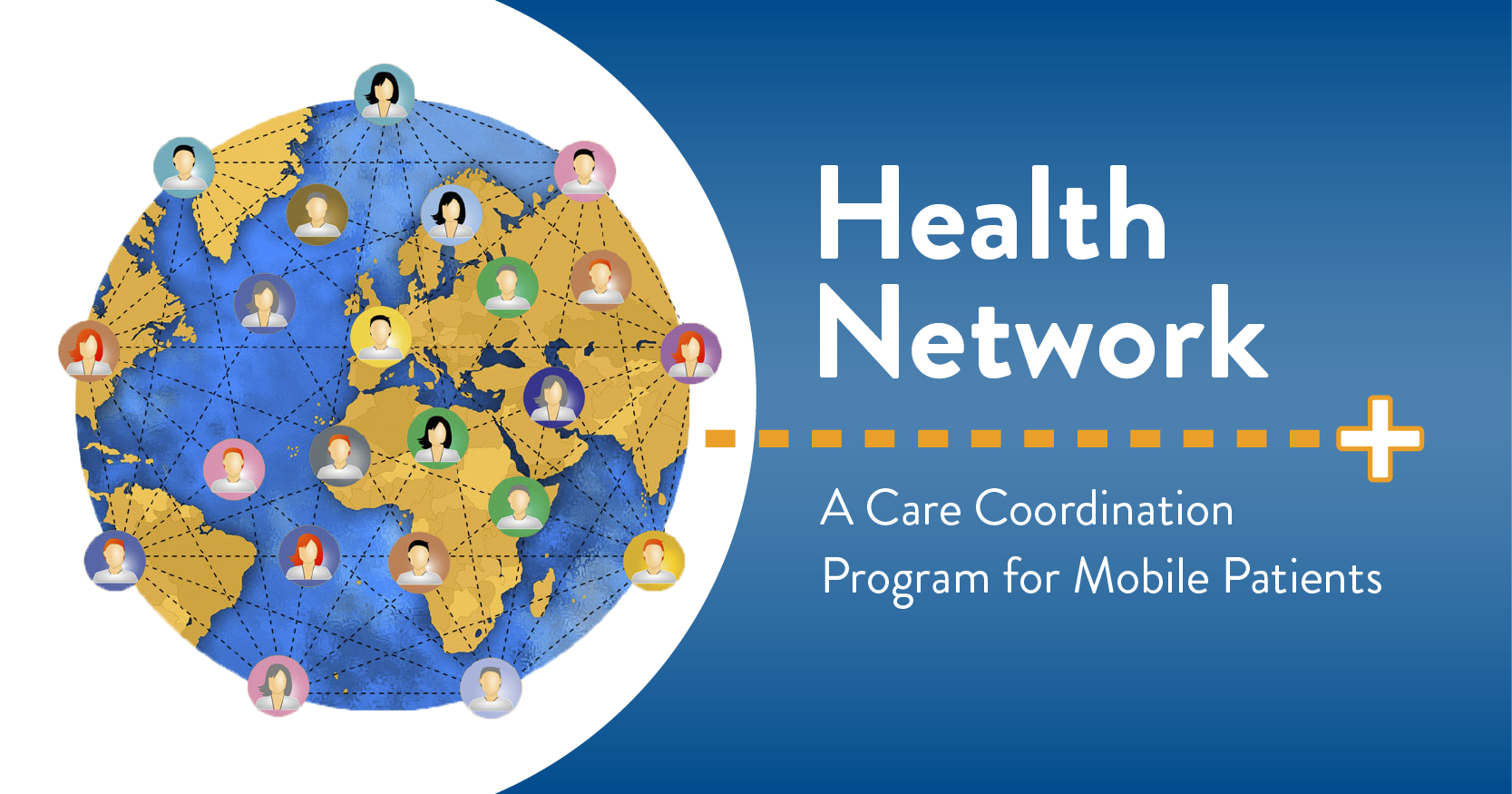
DATE: September 8, 2020
Description
Health Network assures continuity of care and treatment completion by providing comprehensive case management, medical records transfer, and follow-up services for mobile patients. During this webinar, you will learn how to enroll a patient in Health Network, strategies for incorporating Health Network into your existing clinic systems, and the steps Health Network associates take to ensure continuity of care for your patients while keeping your clinic informed of patient outcomes.
This project is supported by the Health Resources and Services Administration (HRSA) of the U.S. Department of Health and Human Services (HHS) under cooperative agreement number U30CS09742, Technical Assistance to Community and Migrant Health Centers and Homeless for $1,094,709.00 with 0% of the total NCA project financed with non-federal sources. This information or content and conclusions are those of the author and should not be construed as the official position or policy of, nor should any endorsements be inferred by HRSA, HHS or the U.S. Government.